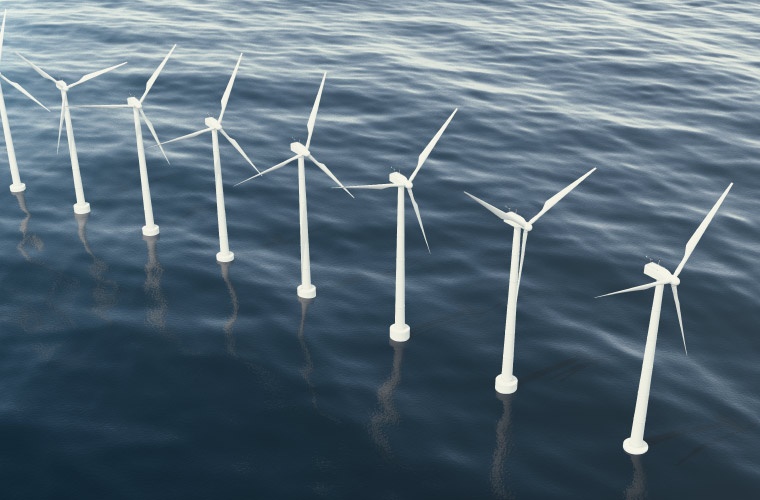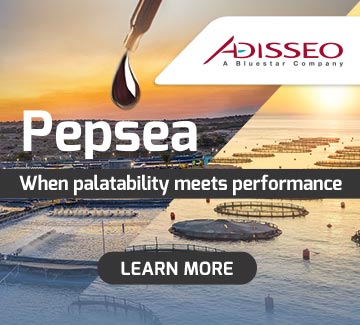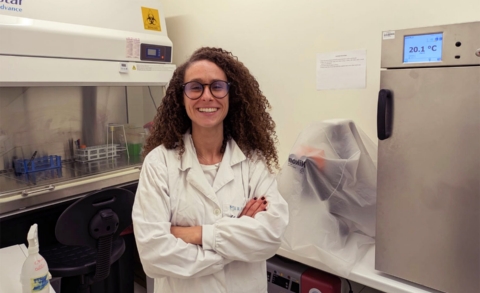
Coastal water off Tunisia, Spain and Libya offer the most promising areas in the Mediterranean for the integrated development of offshore wind and wave energy alongside marine aquaculture, according to a new study published in the Journal of Environmental Management.
The research, conducted by a team from IHCantabria, the University of Cantabria, and the Estonian Marine Institute, pinpointed 21,596 km² of sea space as suitable for the combined deployment of wind, wave, and aquaculture infrastructure—with Tunisia, Libya and Spain standing out.
These countries not only offer optimal conditions for multiple-use projects but also boast marine areas capable of supporting the cultivation of at least five commercial fish species.
The researchers note that the southern Mediterranean holds a particular edge thanks to its stronger wave energy potential and proximity to aquaculture-friendly zones.
Out of the 22-aquaculture species assessed, 11 finfish met the suitability threshold. European seabass emerged as the most favourable species, with the Aegean and Adriatic seas offering ideal growing conditions. Gilthead seabream, meagre, common dentex and greater amberjack also performed well. Many of these species are already established in Mediterranean aquaculture, and the study highlights opportunities for expansion in Tunisia, Italy, Morocco and Algeria.
The analysis also included a risk evaluation for extreme sea temperature events. Wreckfish, dusky grouper and blackspot seabream were the only species flagged as vulnerable to extended marine heatwaves, particularly in waters off Tunisia and Libya.
While the technical potential is clear, the researchers stress the importance of considering environmental impacts. Libya and Tunisia, despite their strong potential, recorded high ecological impact scores, indicating that existing human pressures may already be straining local ecosystems.
The study calls for a cautious, well-informed approach to marine spatial planning, ensuring that development does not come at the expense of ecological integrity.
Key spatial data from the study can be explored via the Marine Spatial Planning Viewer, offering aquaculture professionals and policymakers a tool to assess opportunities while prioritising sustainability.
Reference:
Bárbara Ondiviela, Raúl Guanche, Elvira Ramos, Lucia Meneses, Carlos V.C. Weiss, Jonne Kotta, José A. Juanes, Ocean multi-use for the transition to sustainable energy and aquaculture developments in the Mediterranean Sea, Journal of Environmental Management, 2025.


